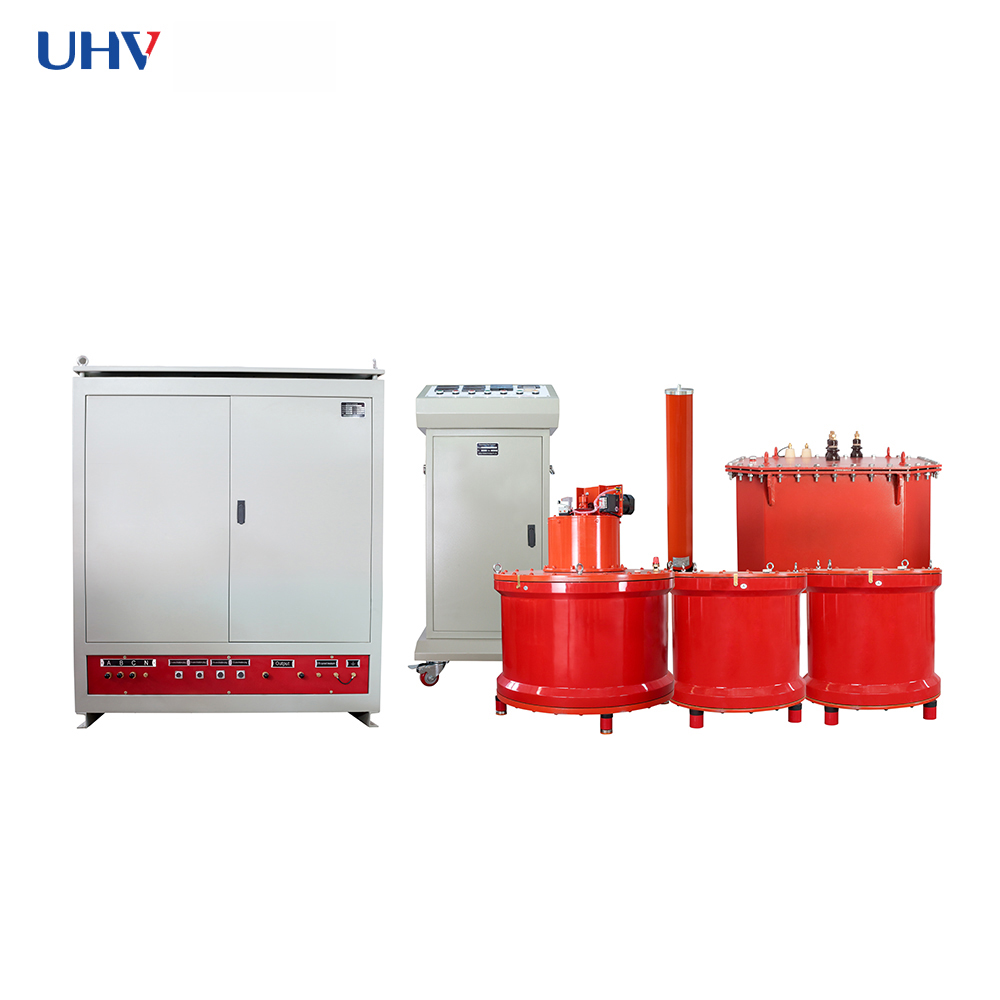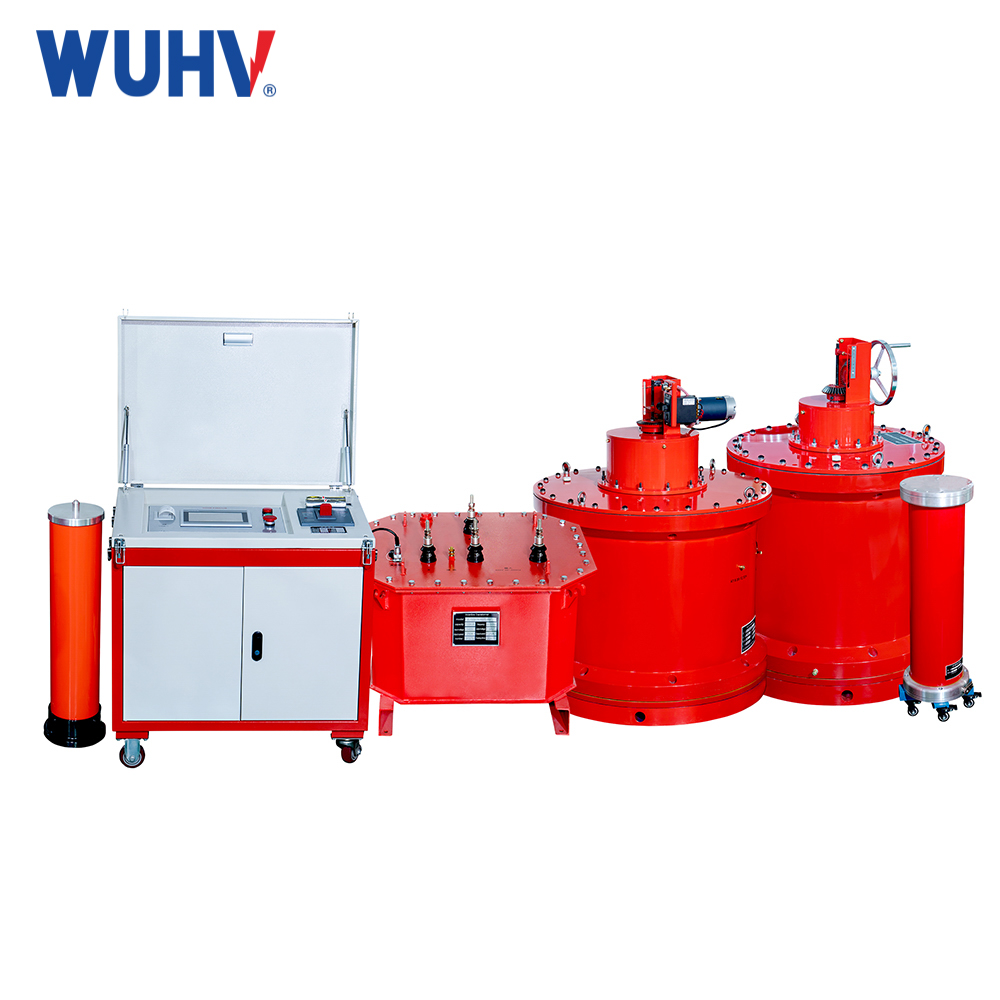
1. Oil leakage at the welding
The main reasons are poor welding quality, virtual welding, de-angle, pinholes, blisters, and other welding defects. Power transformers are covered with flux and paint as they leave the plant, exposing hidden hazards after operation. In addition, electromagnetic vibrations can cause welding vibrations and cracks, causing leaks. For leaks that have already occurred, first find out the leak point and don't miss it. For severe leaks, metal tools such as flat shovels or sharp punches can be used to nail the leak point. After controlling the leak, the treated surface will be cleaned, and most of the surface will be cured with polymer composites, which can be cured for long-term leak treatment.
2. Seal oil leakage
The reason for the poor sealing is that the seal between the edges and the cap is usually sealed with an oil-resistant rubber rod or rubber gasket. If the fitting is not properly handled, it will cause oil leakage failure. Some are tied up with plastic straps, while others are pressed directly together. Due to the rolling during installation, the interface could not be pressed securely, the sealing effect could not be achieved, and it was still leaking. It can be combined with Rich ShiLan materials to form an integral joint, and can greatly control oil leakage; If it is easy to operate, the metal shell can also be bonded at the same time for leakage control purposes.
3. Oil leakage at the flange connection
The flange surface is uneven, the fastening bolts are loose, and the installation process is incorrect, so the bolts are not fixed properly, causing leakage. Once the loose bolts are tightened, the flanges are sealed, and the bolts that may leak are disposed of for the purpose of complete disposal. Loose bolts must be tightened strictly in accordance with the operation process.
4. Leakage of bolts or pipe threads
Rough processing and poor sealing when leaving the factory. After the power transformer is sealed for a period, a leakage failure occurs, and the bolts are sealed with polymer material to achieve the purpose of controlling leakage, another way is to unscrew the bolts (nuts), use a faucet blue release agent on the surface, and then use a material on the surface to tighten it. After curing, it can achieve treatment
5. Oil leakage from cast iron parts
The main causes of oil leakage are blisters and cracks in cast iron casting. For crack leakage, drilling crack relief holes is the best way to relieve stress and avoid propagation. Depending on the crack, the lead wire can be inserted into the leak point or riveted with a hammer. The leak is then cleaned with acetone and sealed with material. Cast sand holes can be directly sealed with materials,
6. Oil leakage from radiator
The heat pipe of the heat sink is usually flattened with a seamed steel tube and then stamped, and the bent and welded parts of the heat pipe often leak, this is because when the heat pipe is imprinted, the outer wall of the heat pipe is under tension and the inner wall is under pressure, caused by residual stress. Close the radiator upper and lower plate valves (butterfly valves) to separate the oil in the radiator from the oil in the tank and reduce pressure and leakage. After identifying the leak location, appropriate surface treatment is applied and then sealed with Rich ShiLan materials.
7. Leakage of oil from porcelain bottles and glass oil labels
It is usually caused by improper installation or seal failure, and polymer composites can be well combined with metals, ceramics, glass, and other materials to achieve basic treatment of leaks.



















